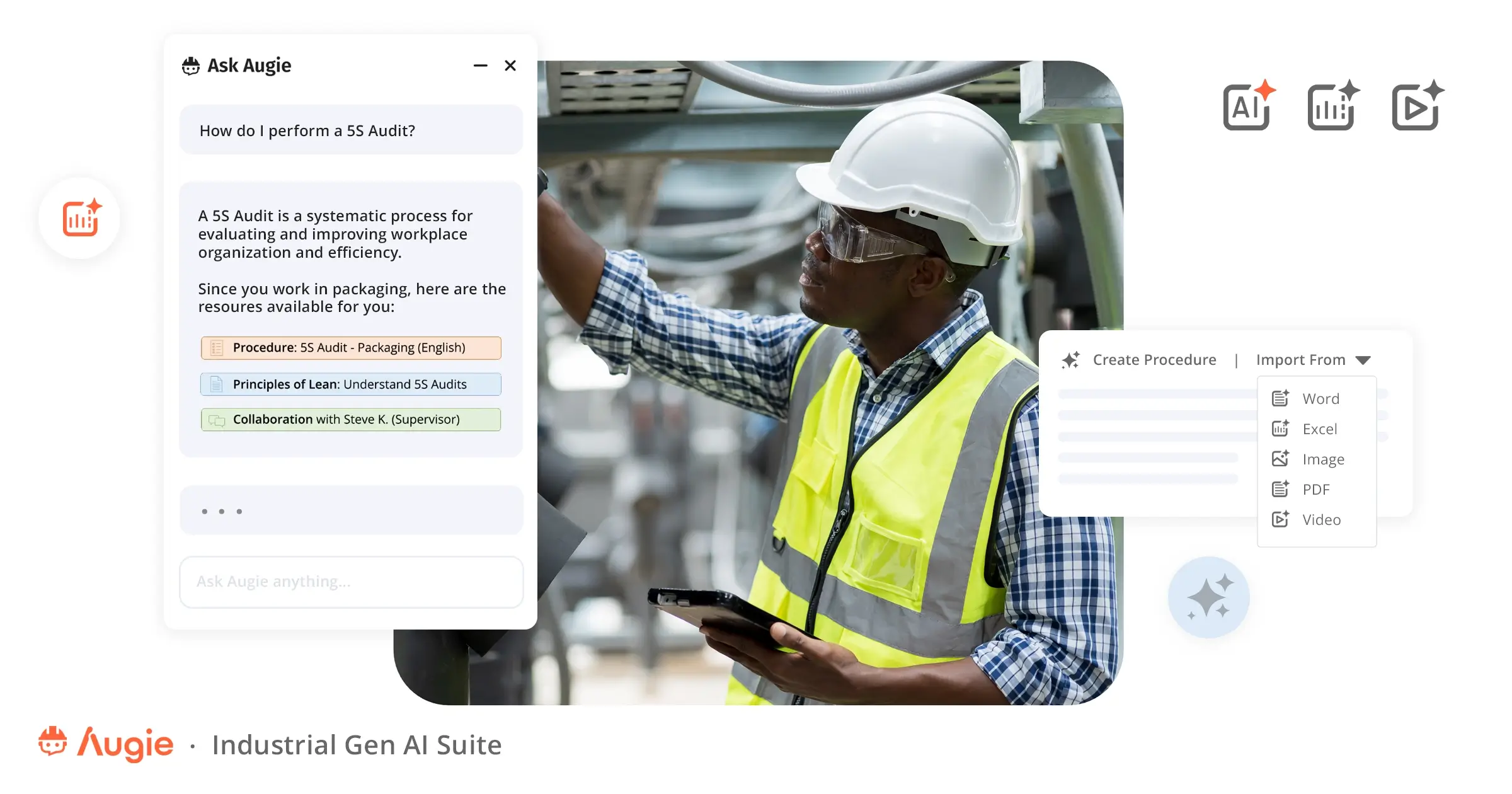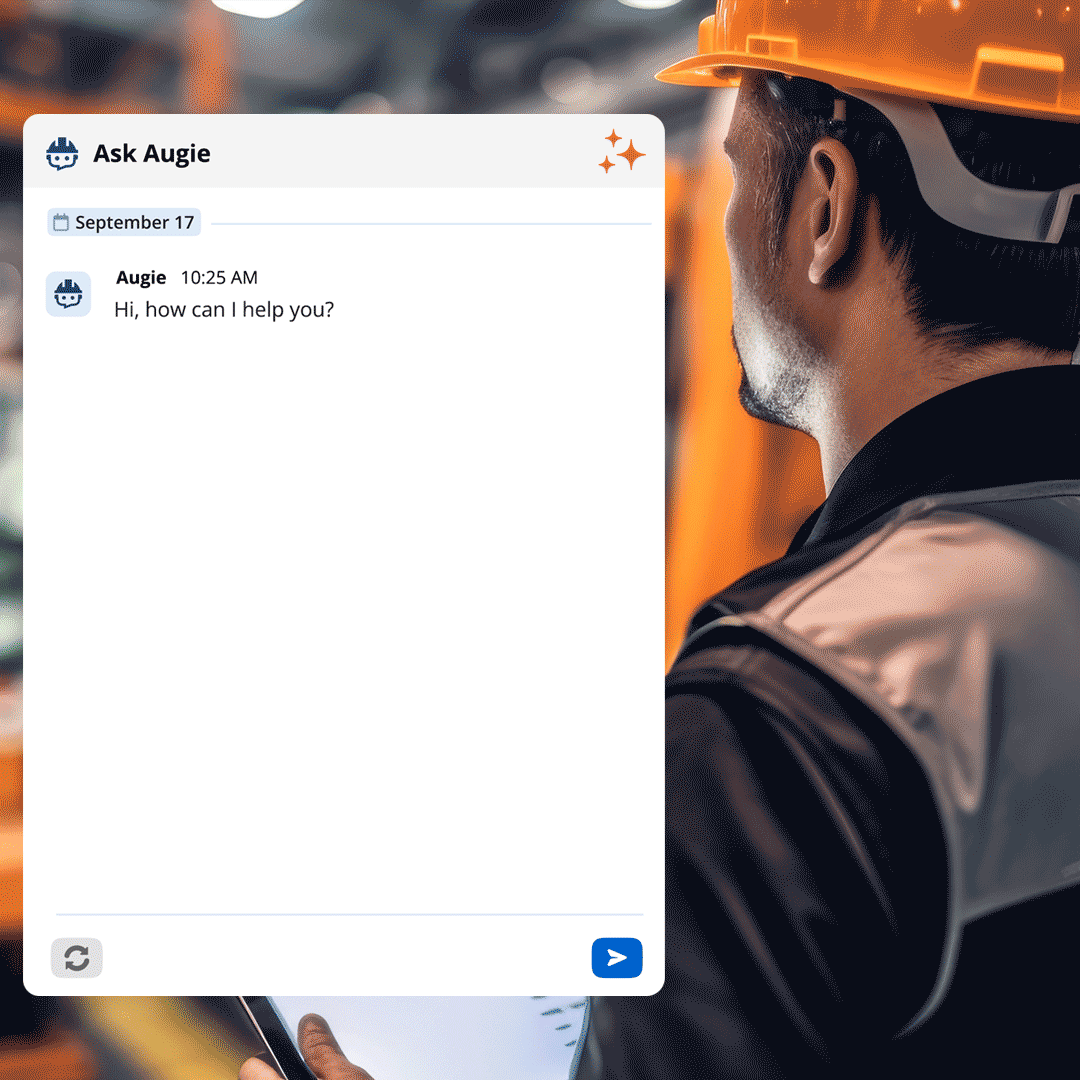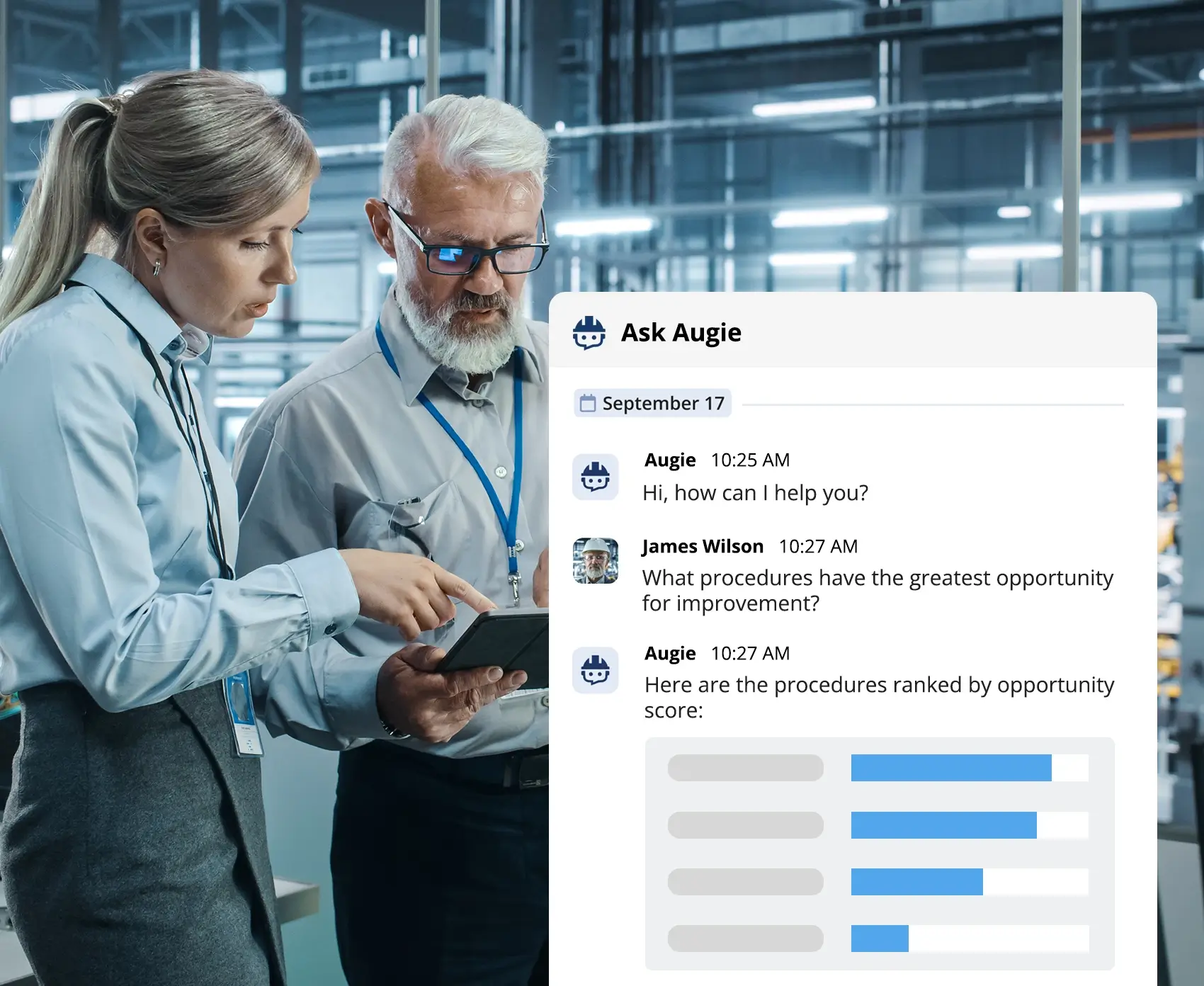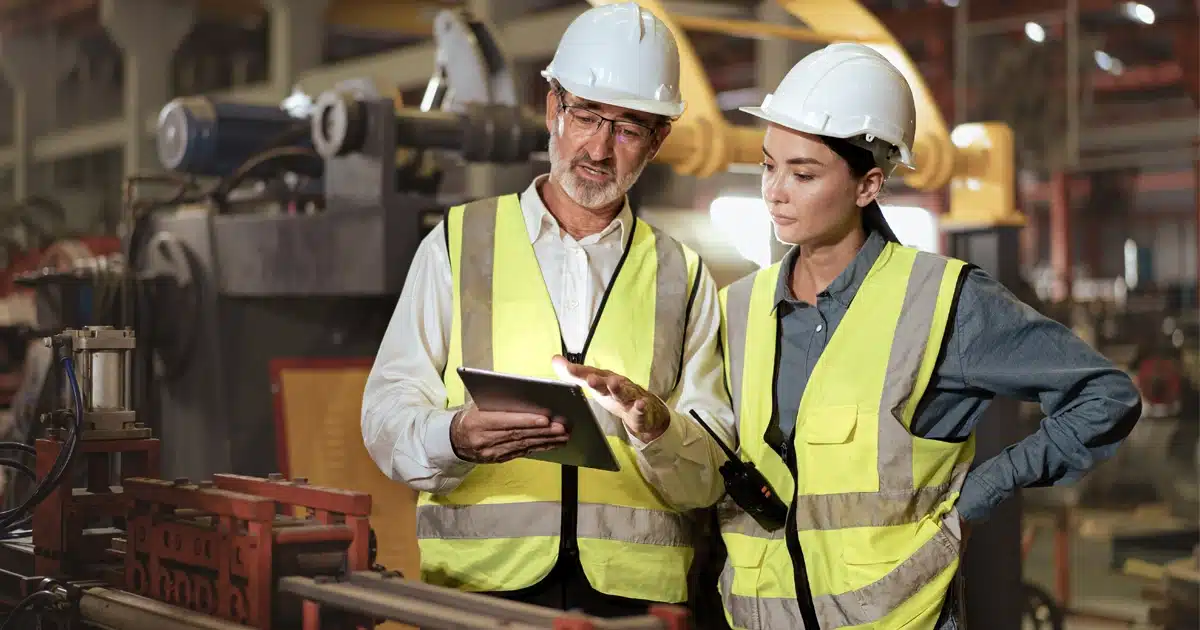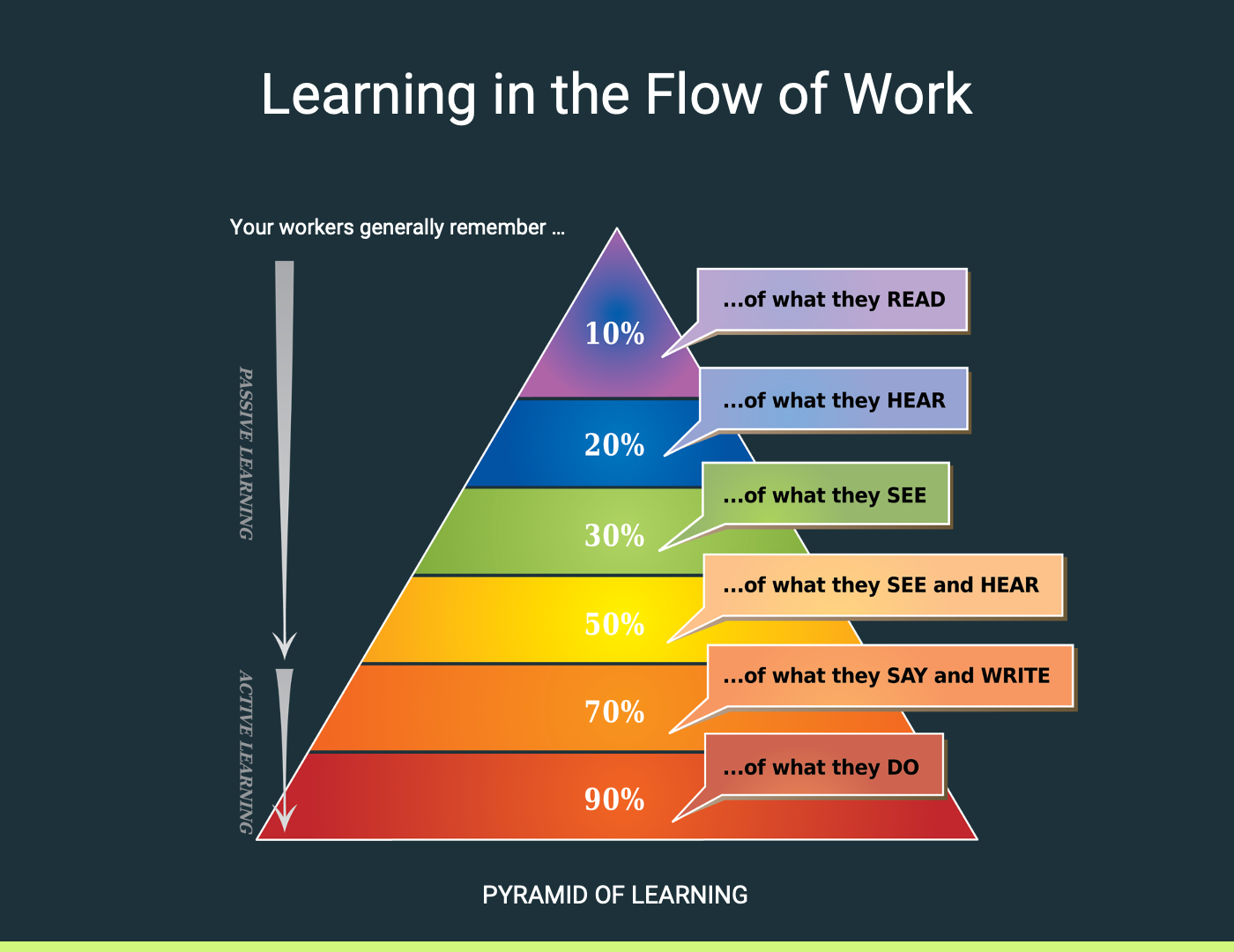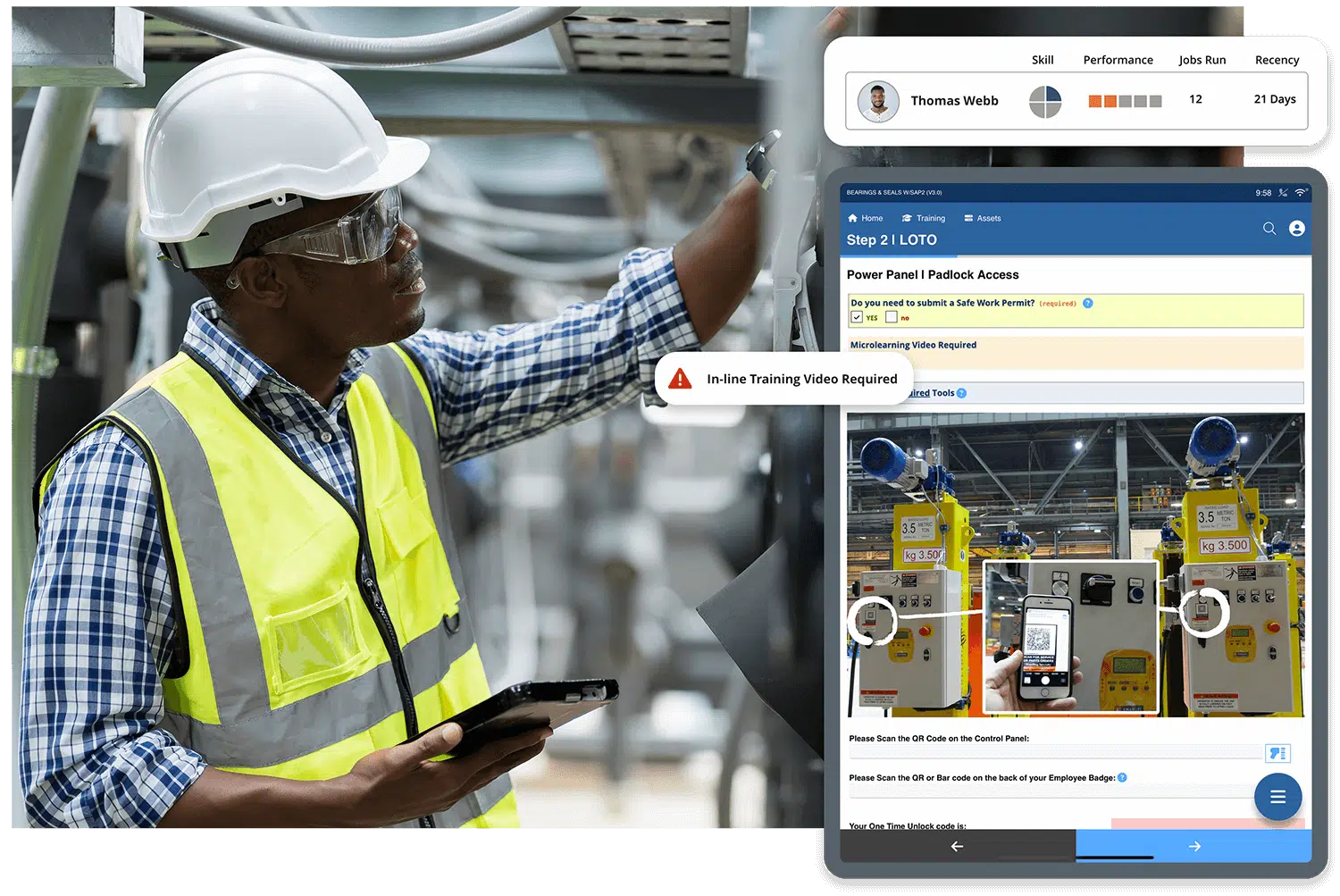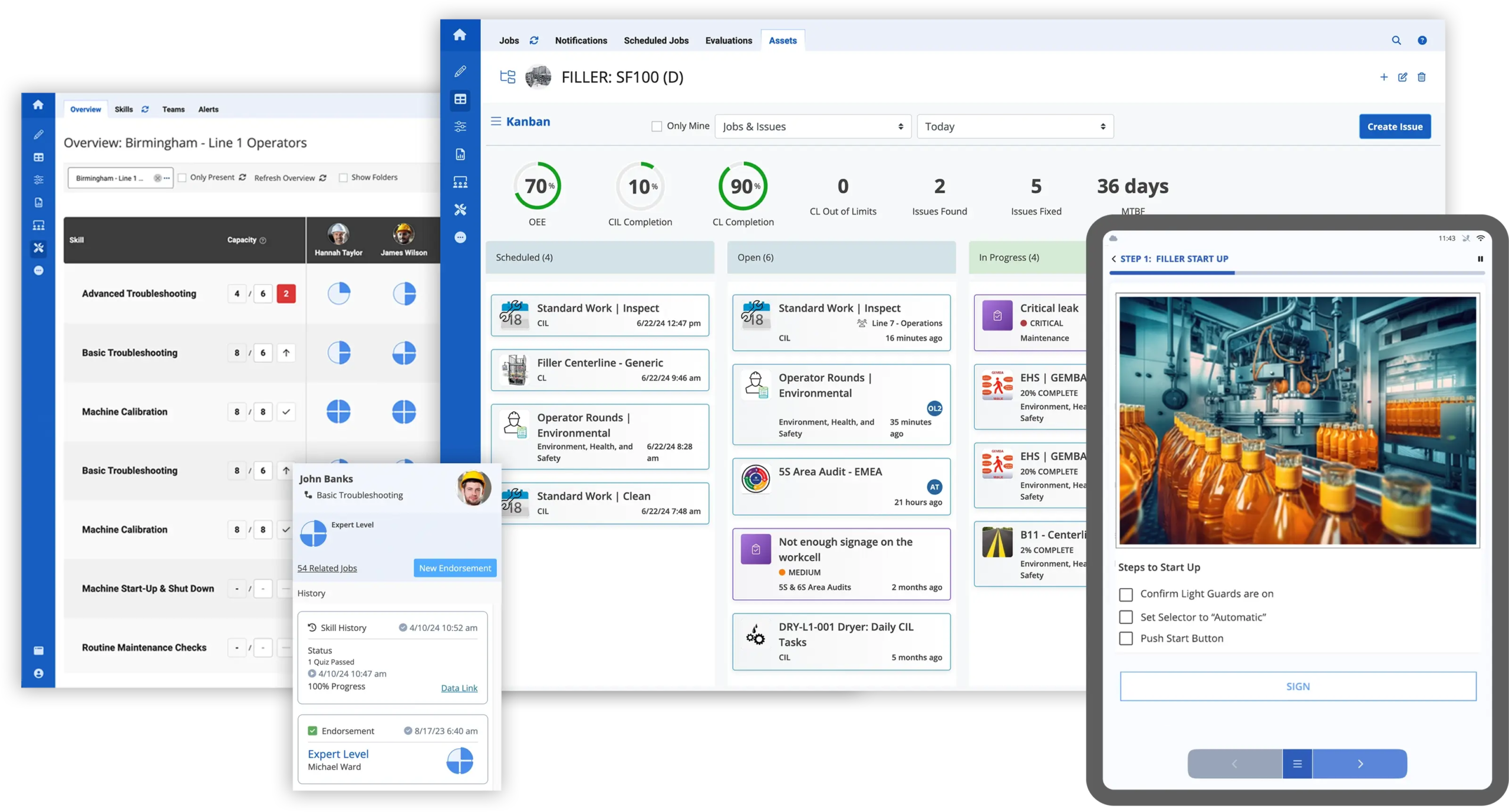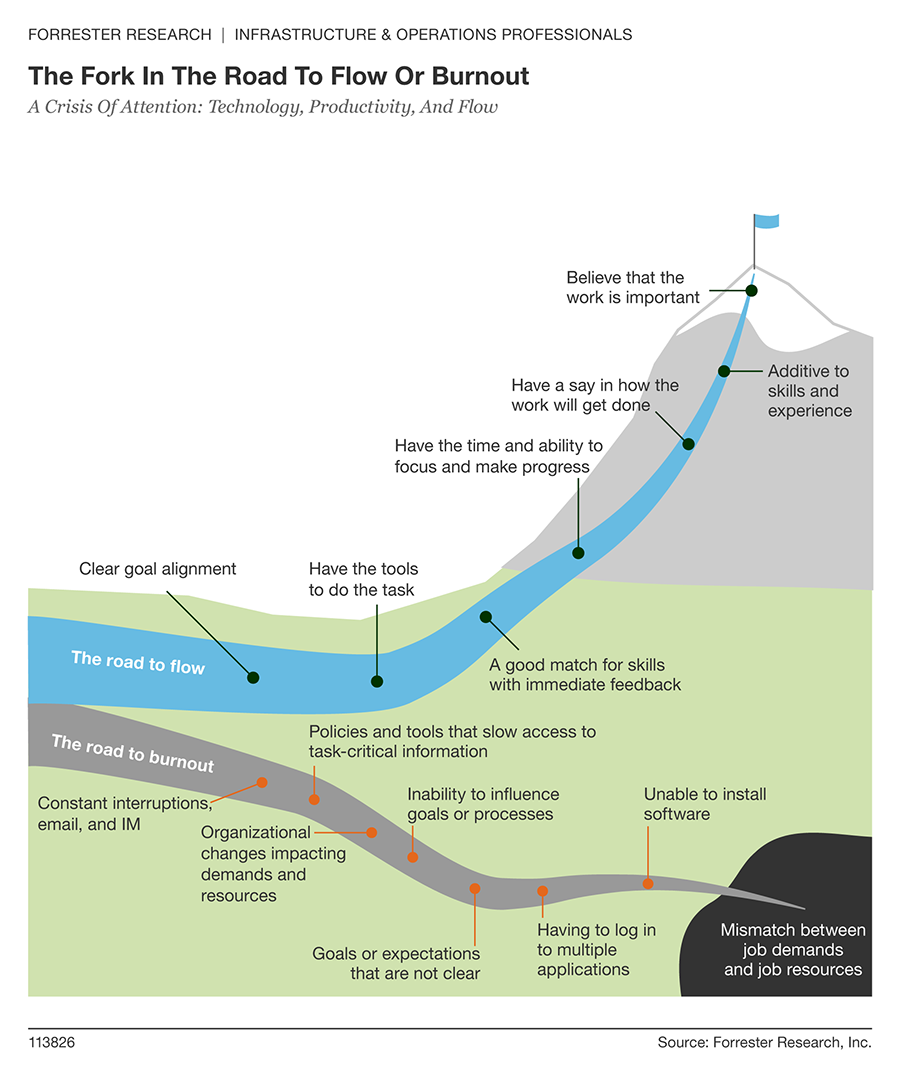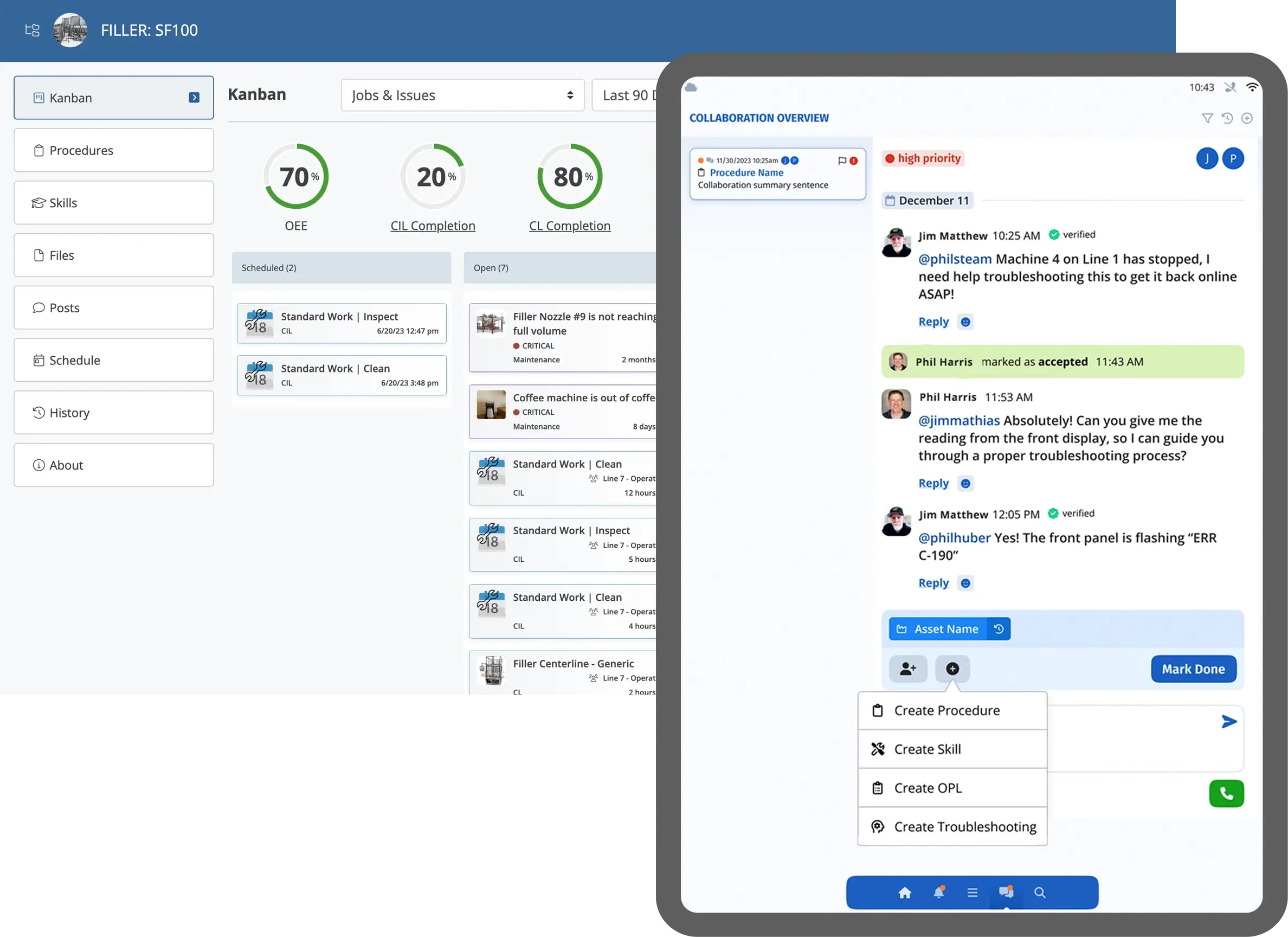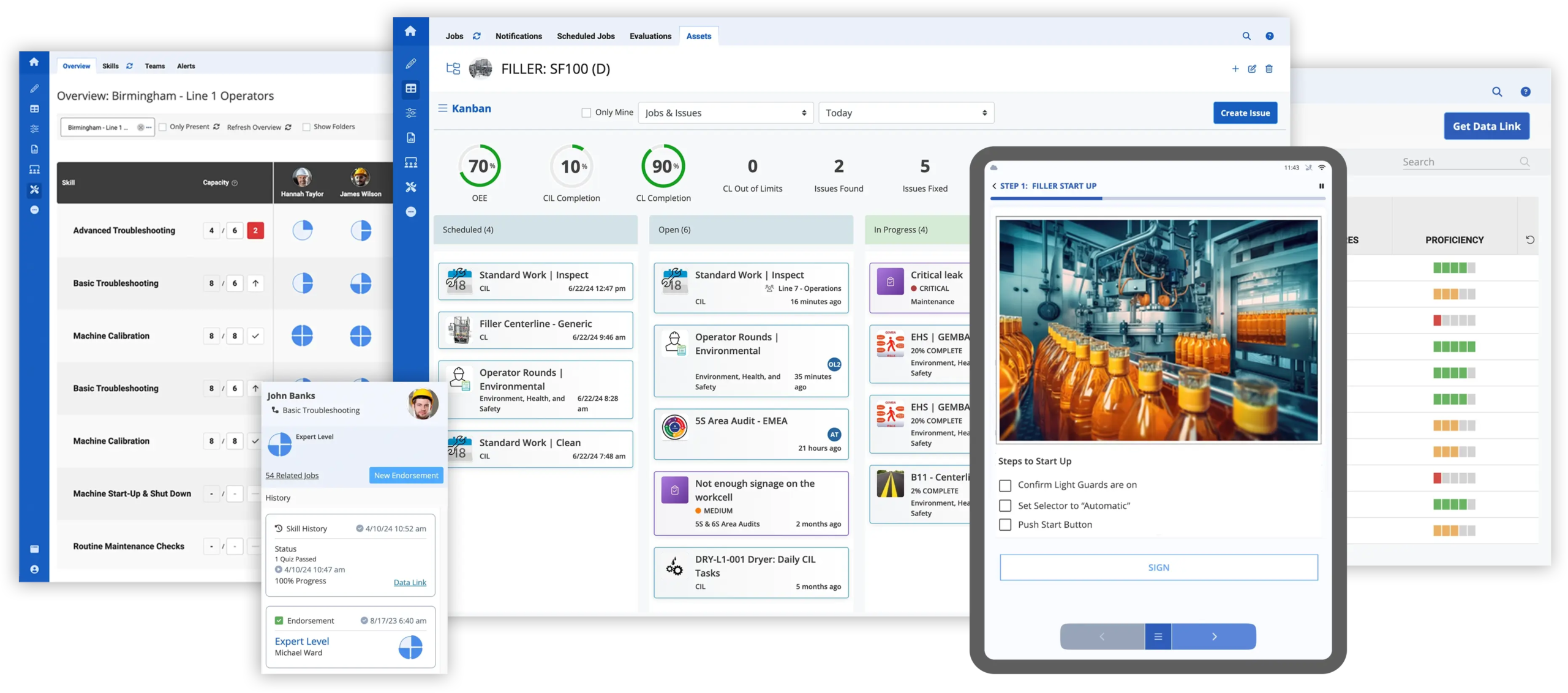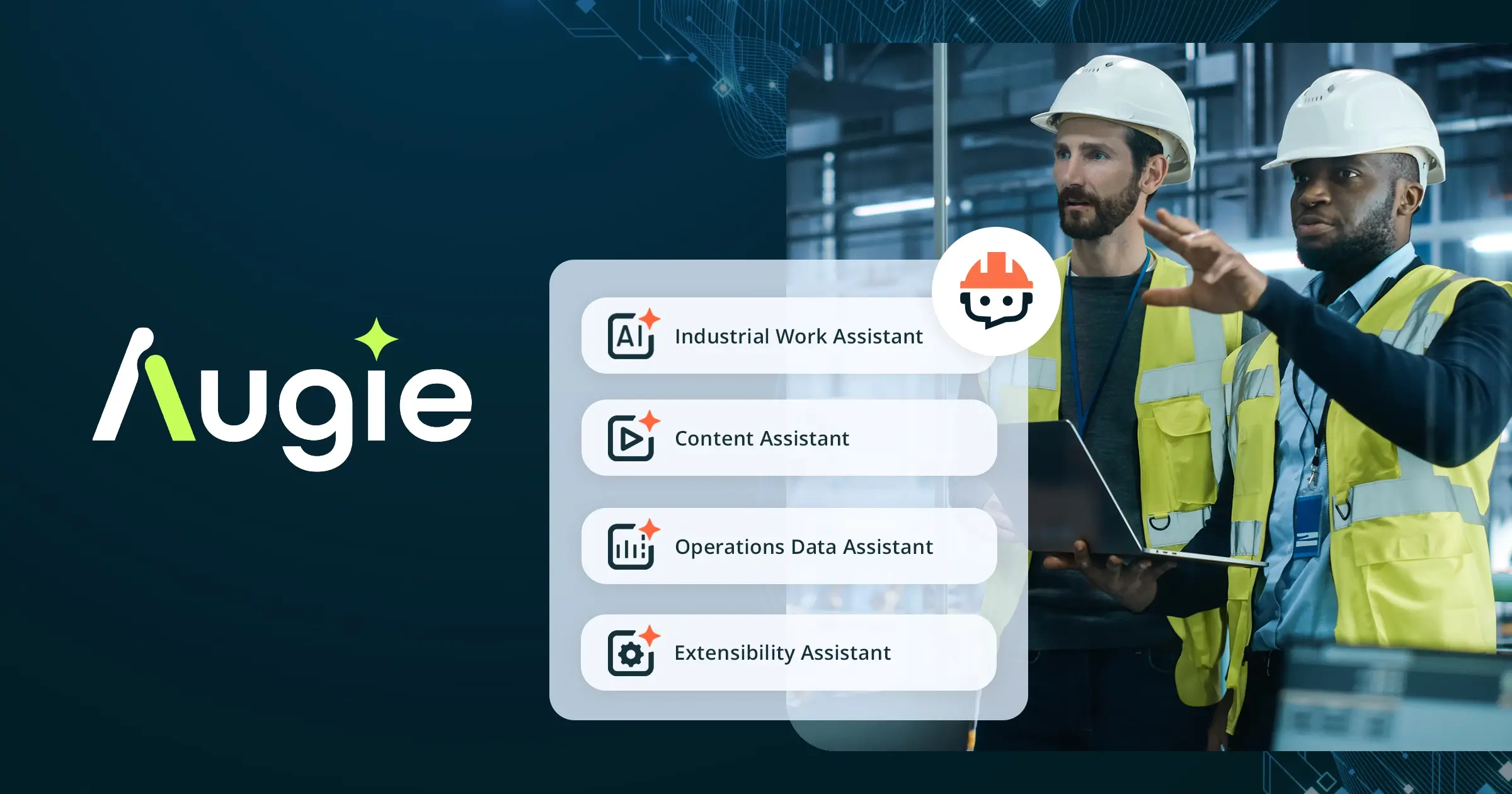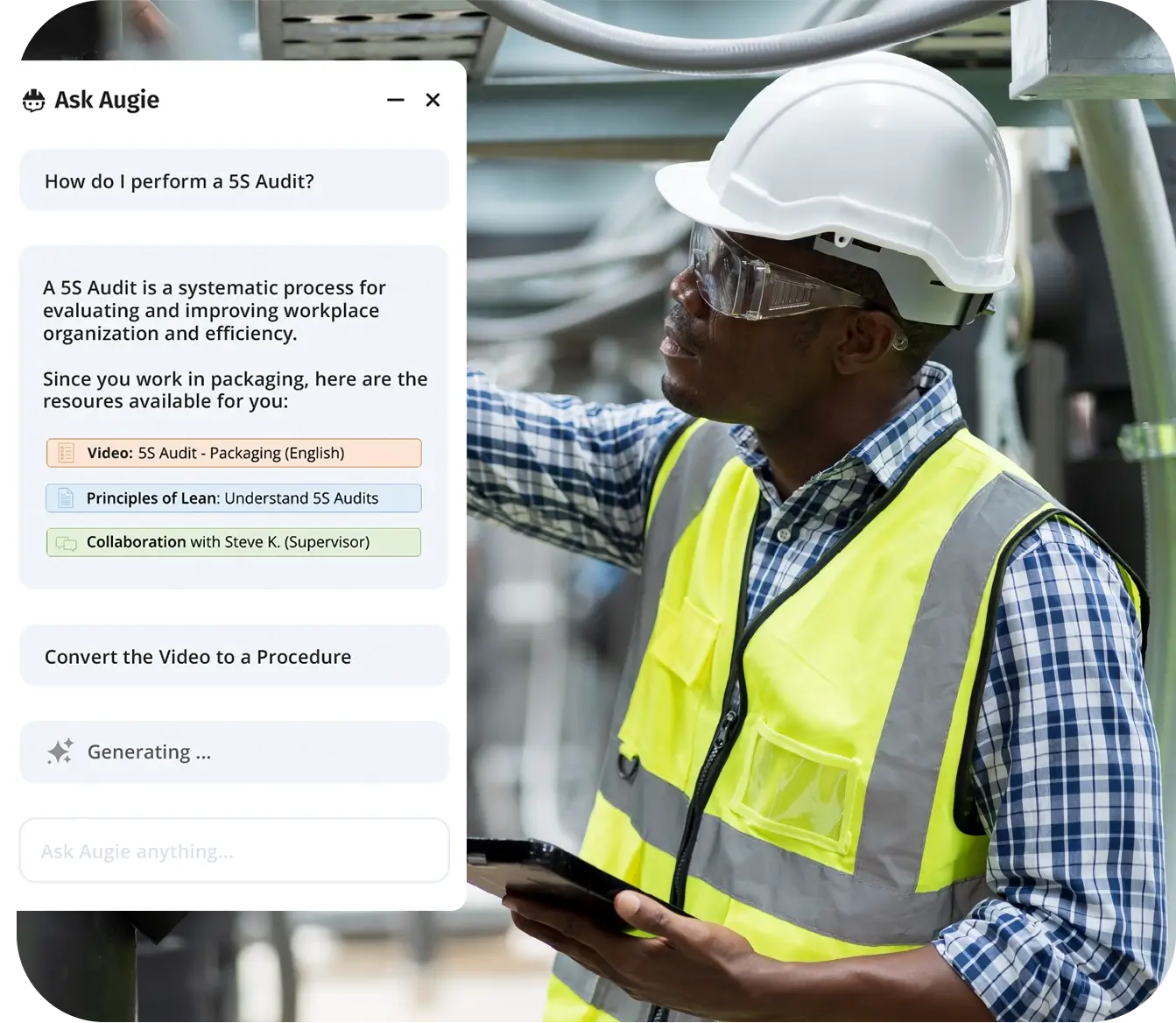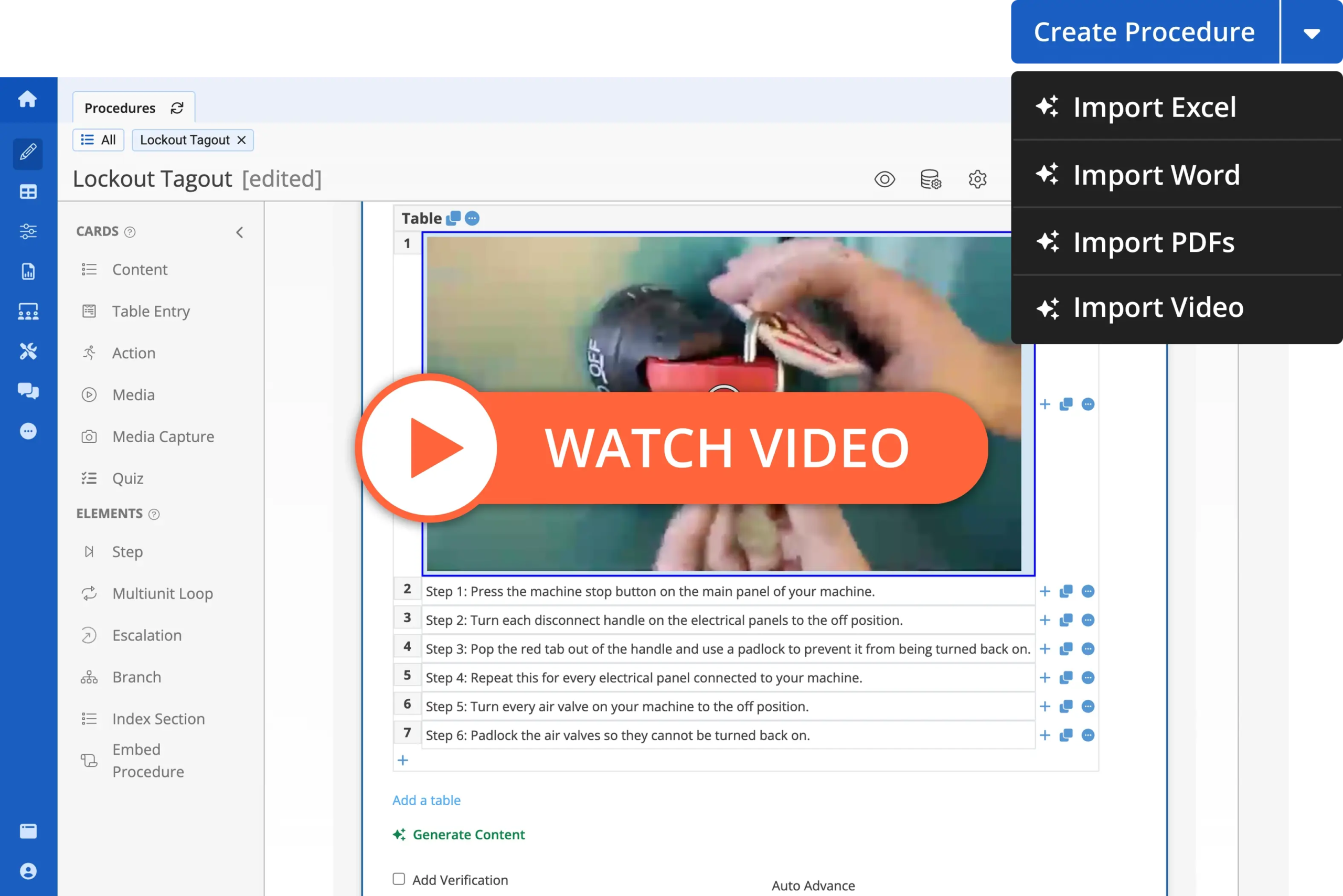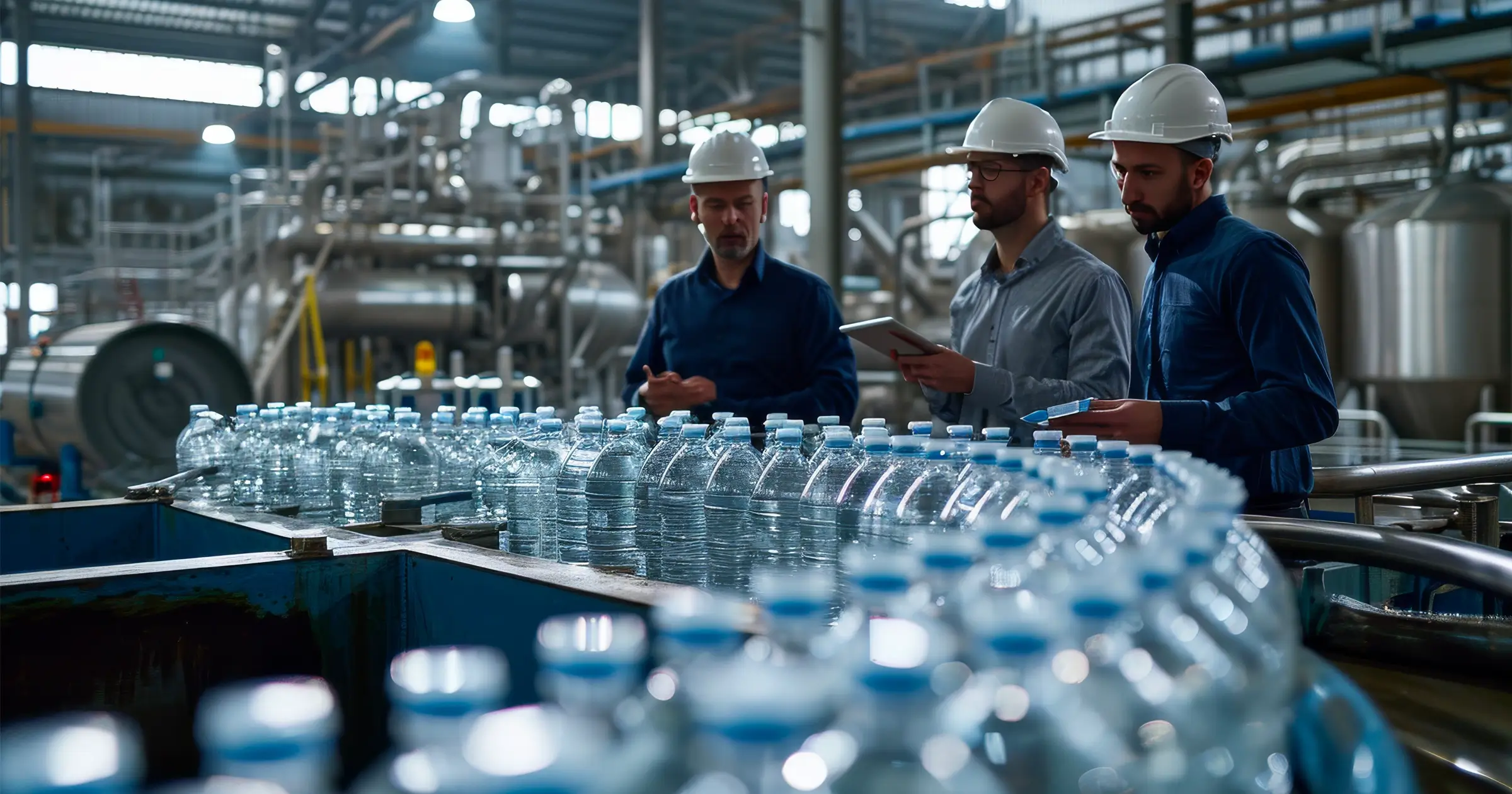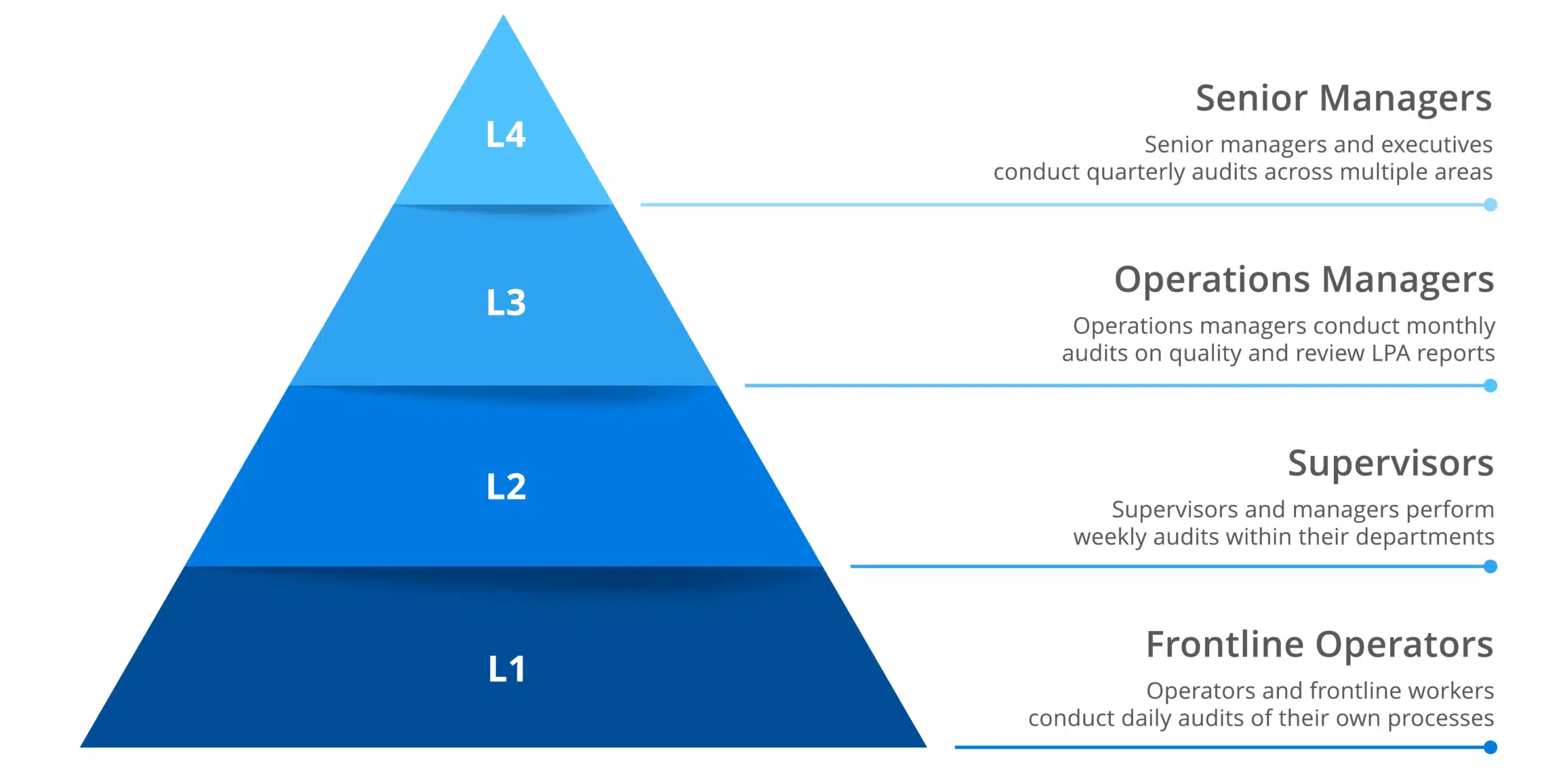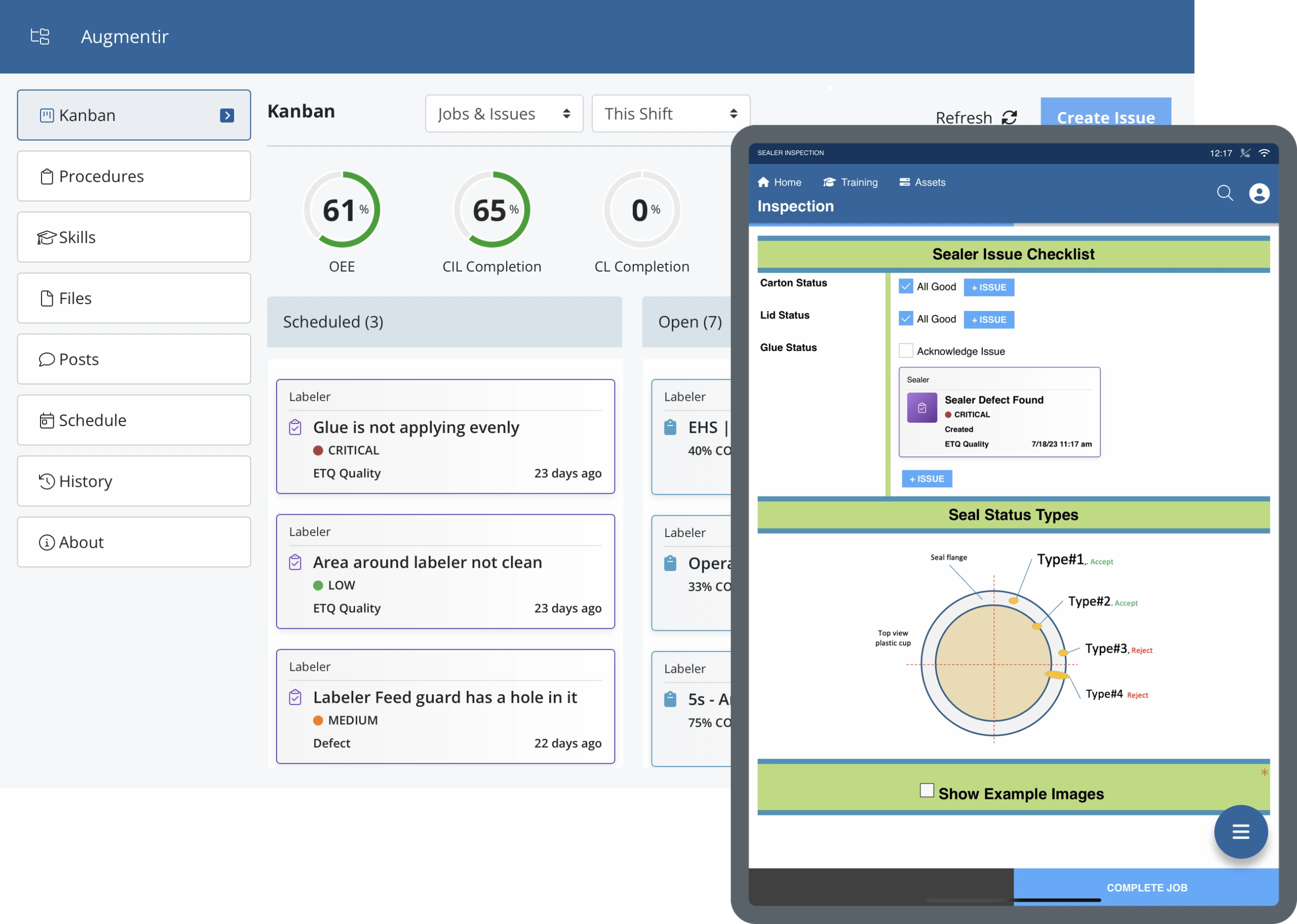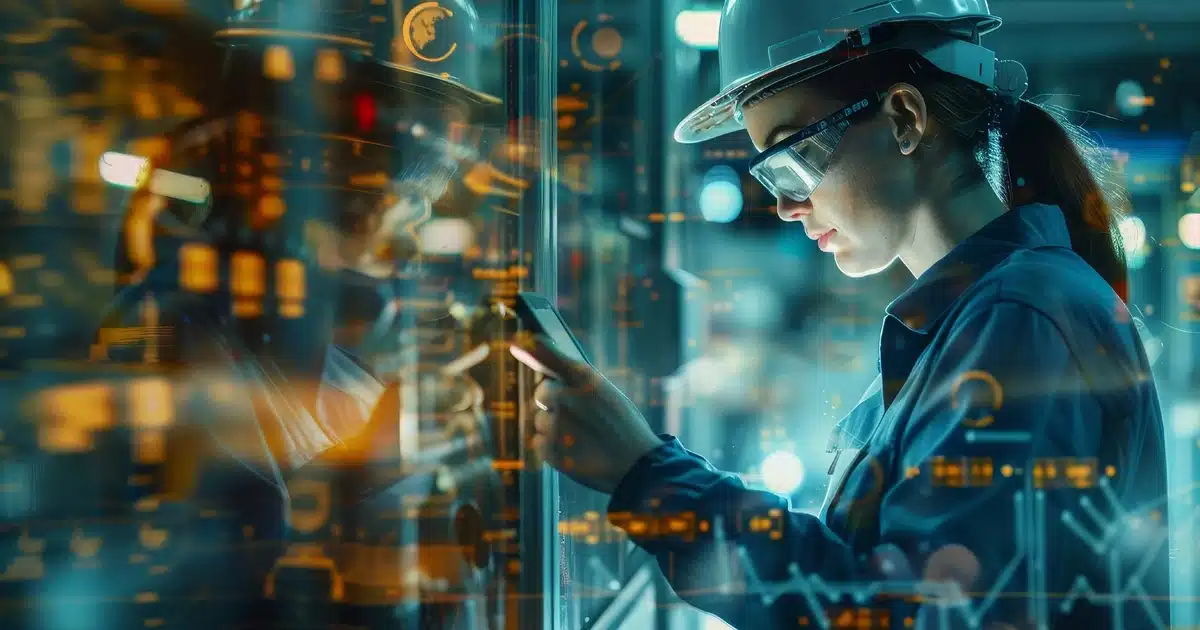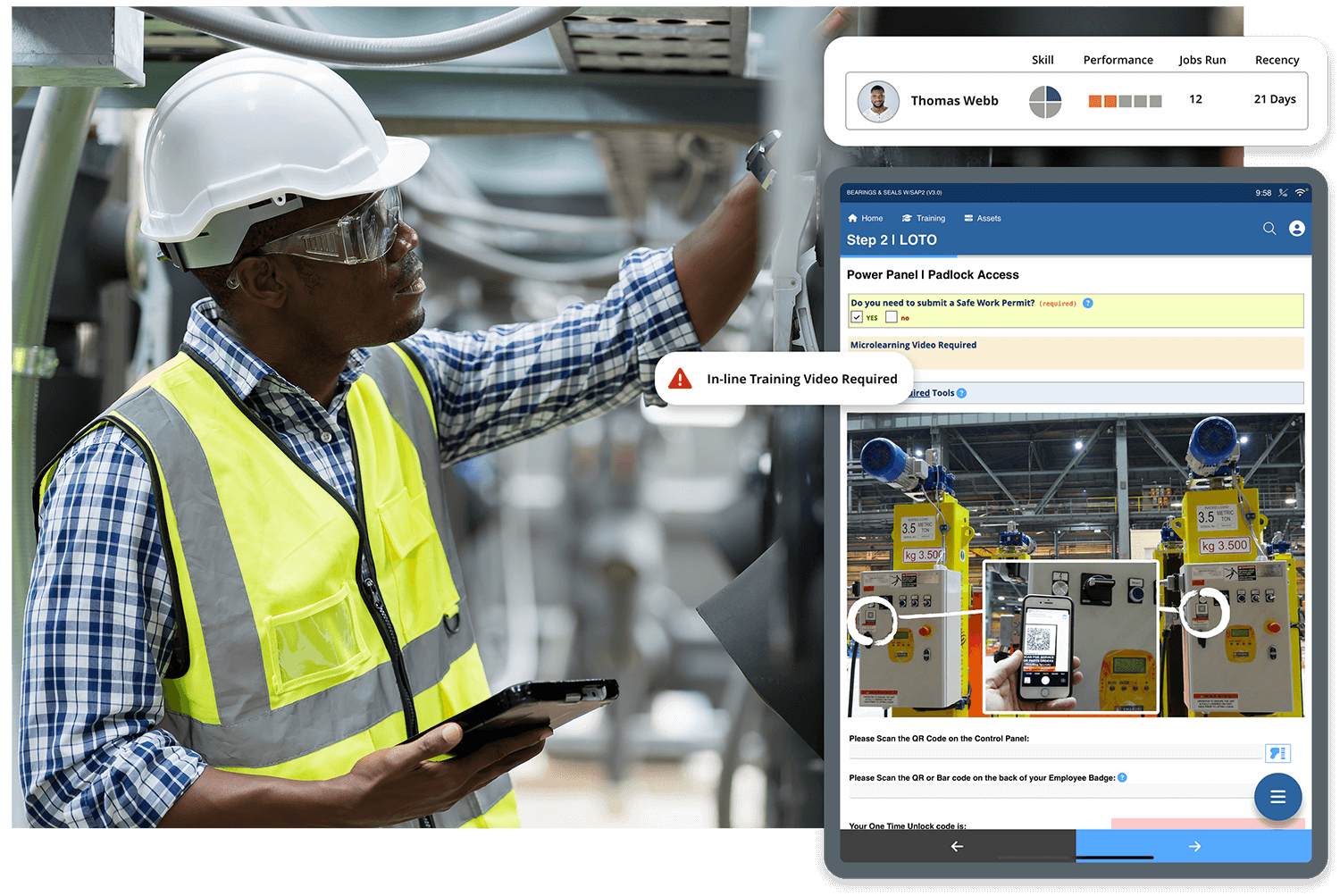Discover how Augmentir’s Gen AI Suite and Augie transforms how manufacturers support frontline activities and personnel.
If you haven’t heard about Augie yet, you’re missing out on one of the most important AI technologies in manufacturing.
Augie, a suite of Industrial Generative AI tools from Augmentir, is revolutionizing the way manufacturing teams operate by combining advanced AI capabilities with practical, human-centric applications. Designed to empower frontline workers and optimize industrial processes, Augie uses generative AI and the power of advanced Large Language Models (LLMs) to create adaptive workflows, provide real-time guidance, transform digital content creation, and analyze data to deliver actionable insights. It bridges the skills gap by offering personalized support and training while improving productivity and reducing downtime. Whether it’s streamlining operations or fostering innovation, Augie is setting a new standard for how AI can drive efficiency and empower workers in the manufacturing industry.
Read below to learn more about the Augie GenAI Suite and what it means for the future of industrial work.
- The Next Phase of AI in Manufacturing is Here
- Accelerate Your Transition to Digital
- Deliver Context-aware AI for Frontline Workers
- Uncover New Opportunities for Continuous Improvement
The Next Phase of AI in Manufacturing is Here
Augie from Augmentir is redefining the next phase of AI in manufacturing by seamlessly integrating generative AI into frontline operations to enhance productivity, agility, and worker empowerment. Augie includes a complete suite of AI-powered assistants and Factory Agents that help bridge the skills gap, accelerate onboarding, and ensure frontline workers are equipped with the knowledge they need to succeed.
The Augie Industrial Gen AI Suite transforms every stage of the Connected Worker Journey.
Augie is transforming every stage of the connected worker journey by providing a complete suite of AI tools that evolves alongside an organization’s needs. It begins with the digitization of processes and the conversion of static, paper-based content into dynamic, interactive digital workflows, making operations more accessible and efficient for frontline workers. As operations become connected, Augie leverages real-time data to deliver actionable insights, enabling companies to identify inefficiencies, improve workflows, and drive continuous improvement.
Beyond operational enhancements, Augie fosters continuous innovation through its extensibility and seamless integrations with other enterprise systems, creating a unified, scalable ecosystem that adapts to new challenges and opportunities. By addressing every phase of the connected worker journey, Augie empowers organizations to not only modernize their operations but also build a foundation for long-term success and innovation.
Accelerate Your Transition to Digital
Augie is a powerful tool for accelerating the transition from paper-based to digital operations in manufacturing and industrial settings.
Quickly generate standard work procedures from Excel, Word, PDFs, images, or videos. Augie takes your existing content and generates digital smart forms, checklists, and digital work instructions.
“This is a significant game-changer for our digitization efforts. Migrating our existing paper-based SOPs and work instructions to a modern, digital format used to be a major roadblock for us. The Augie Content Assistant reduces this effort by 75%, which is helping us accelerate our digital transformation efforts.”
VP Global Engineering Services
Fortune 500 Consumer Goods Manufacturer
Deliver Context-aware AI for Frontline Workers
Augie leverages context-aware AI to deliver highly personalized and situationally relevant support to frontline workers, revolutionizing how they interact with technology and perform their tasks. By analyzing real-time data from equipment, workflows, and worker inputs, Augie can understand the specific context of a worker’s environment—such as their current task, skill level, or the operational status of machinery—and provide tailored guidance and recommendations.
For example, if a worker encounters an equipment issue, Augie can instantly offer troubleshooting steps or alert maintenance teams, ensuring minimal downtime. This context-awareness not only enhances productivity but also improves safety by proactively identifying risks and suggesting corrective actions. By aligning AI assistance with the unique needs of each worker and situation, Augie empowers frontline employees to work more effectively, confidently, and efficiently.
Uncover New Opportunities for Continuous Improvement
With Augie, companies can identify opportunities for continuous improvement, get access to a clear view into at-risk KPIs, measure training effectiveness, and surface AI-based insights into where your operations are succeeding or failing.
Augie is undoubtedly the next frontier in AI for manufacturing, offering a transformative solution that redefines how companies approach productivity, workforce empowerment, and operational efficiency. By seamlessly integrating generative and context-aware AI, Augie provides frontline workers with real-time, personalized support, bridging the skills gap and driving innovation at every level of the organization. Its ability to digitize processes, optimize workflows, and enable smarter decision-making sets a new standard for what’s possible in the age of Industry 4.0.
Now is the time to embrace the future of manufacturing—don’t miss out on the opportunity to empower your workforce and elevate your operations with Augie. Take the first step toward a smarter, more efficient manufacturing environment today.

